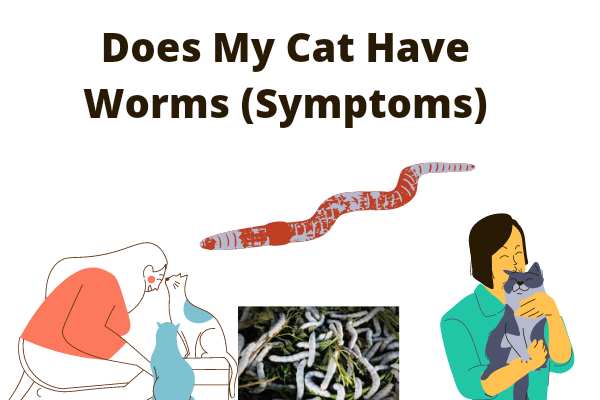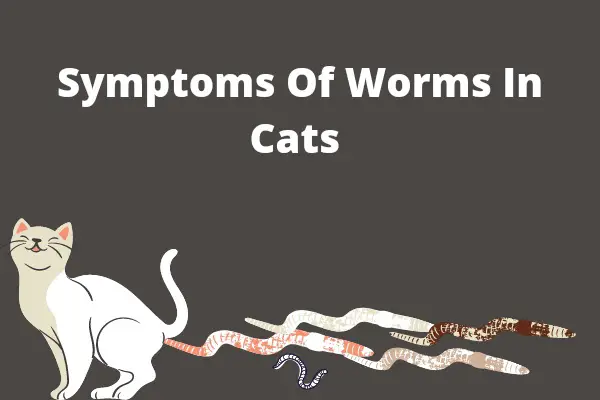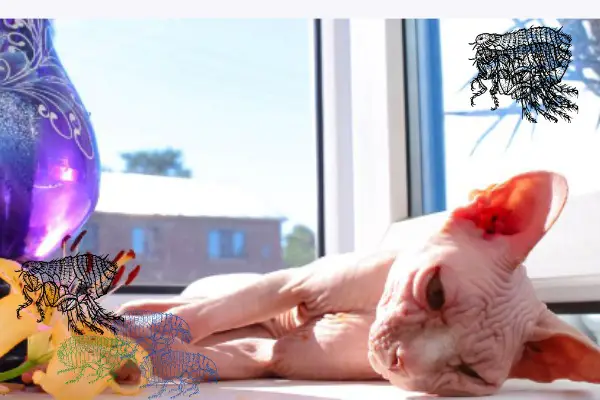6 Common Ragdoll Cat Eye Problems: Causes, Symptoms & Care

In this post, we will outline and discuss the most common ragdoll cat eye problems you should know and how to take care of ragdoll eyes to avoid unnecessary eye challenges.
After reading this article, you should understand what type of eye problems that ragdoll cats face.
This post was written after enough research, questions and answers from ragdoll cat owners to see the most common eye problems they have over the years.
So what you are reading is purely coming from real owners of ragdoll cats, be rest assured you will see some of the eye problems presented in this post.
The most important thing is to keep an eye on the symptoms of these eyes problems, to help stop further development.
Common Ragdoll Cat Eye Problems
After long research, I came up with a list of the most common ragdoll cat problems which are as follows:
Uveitis
In uveitis, the uvea, or middle eyeball layer, which includes the iris, ciliary body, and choroid, becomes inflamed.
Red blood cells, white blood cells, and protein can leak into the eye as a result of intraocular inflammation, causing the intraocular fluid to darken or settle to the bottom of the eye.
Uveitis is a painful condition that causes a range of ocular symptoms, the most common of which are weeping, light sensitivity, squinting, and elevation of the third eyelid.
Causes of Uveitis in ragdoll cats
- Feline herpesvirus
- Feline infectious peritonitis
- Toxoplasmosis
- Tumors
- Feline leukemia
- Mycoses
- Immunodeficiency
- infection
- Ocular
Symptoms of Uveitis in ragdoll cats
- Intense lacrimation
- Pain
- Pawing at the sore eye
- Protrusion of the third eyelid
- Photophobia
- Watery eye
- Squinting
- Red eye
Uveitis is treated with medication that targets the underlying causes.
To relieve discomfort and reduce inflammation, your veterinarian may prescribe topical eye medicines as well as systemic treatments.
Because we are against self-medication for your cat!!! See your vet.
I strongly recommend you see your vet once you notice any of the above-listed symptoms for proper treatment!!!
Blepharitis
Blepharitis is an infection of the eyelids that can affect the meibomian glands as well.
The small glands on the inside of the eyelids generate an olive oil-like lipid that helps to keep tears from evaporating.
The tear film that protects the cornea breaks down into dry, exposed patches when this fat is gone owing to gland obstruction or when the fat changes to a toothpaste-like consistency.
Excessive tearing and scar tissue may develop because the cornea feels dry.
Causes of Blepharitis in ragdoll cats
- Congenital abnormalities
- Allergies
- Infections
- Tumors
- Inflammatory disorders
- Entropion
Symptoms of Blepharitis in ragdoll cats
- Trauma
- Squinting
- Blink spasmodically (called blepharospasm)
- Red eyelid
- Swollen eyelid
- Itchy eyelid
Because we are against self-medication for your cat!!! See your vet.
Short-term symptomatic therapy for inflammation may be prescribed by your veterinarian, such as using warm compresses for 5-15 minutes many times each day and wiping any discharge from the eye.
Find out more about why ragdoll cats bite!!!
Conjunctivitis
Conjunctivitis is a condition in which the conjunctiva becomes inflamed.
The conjunctiva is a mucous membrane that protects the eyeball by bordering the eyelids.
At the inner corner of their eyes, cats have a third eyelid, or nictitating membrane, which is likewise coated in the conjunctiva.
The conjunctiva of the eyelids is not visible in healthy cats and has a pale pink color.
The conjunctival membranes grow red and puffy when conjunctivitis strikes.
One (unilateral) or both (bilateral) eyes might be affected by conjunctivitis.
Causes of conjunctivitis in ragdoll cats
- Bacteria
- Viruses
- Fungi
- Allergies
- Foreign bodies
Symptoms of conjunctivitis in ragdoll cats
- Reddened conjunctival membranes
- Abnormal discharge (cloudy, yellow, or greenish).
- Excessive tearing from one or both eyes.
- Photophobia (a reluctance to be in bright light).
Treatment of conjunctivitis may be easy depending on its stage with eyes drops, but because we are against self-medication for your cat!!!
Keratitis
If the underlying cause is not treated, this inflammation of the see-through cornea that covers the iris and pupil, like other eye disorders, can be painful and lead to blindness.
Testing can be done by a veterinarian to detect the bacteria or virus at work and to propose a pain-relieving and illness-fighting treatment strategy.
Because treatment takes time, especially with viruses, and because the disease may return, your veterinarian may recommend modifications along the way.
Causes of Keratitis in ragdoll cats
- Trauma to the eye
- Abnormal tear production
- Diseases of the eyelids
- Exposing the eye surface to dust
- Exposing the eye irritants like chemicals
- Infection and injury
- Bacterial
- Parasites
- Fungal infections
Symptoms of Keratitis in ragdoll cats
- Tissues around the eye may become swollen
- Increased tearing
- Increased squinting
- Increased rubbing of the eye
- Discharge from the eye, that can vary from whitish to green
- Experiences spasmodic blinking in bright light.
- Red eye
- Sensation of something, like sand, in the eye
- Pain
- Blurred vision
- Difficulty keeping the eyelids open
Treatment will vary based on the root cause. If the cornea is only slightly injured, such as if it has been scratched, there is no need for treatment.
It’s conceivable that you’ll be given antibiotic ointment. This is largely for practical reasons.
Because we are against self-medication for your cat!!! See your vet.
Corneal ulcers
Corneal ulcers are quite frequent in cats, and the severity of the ulcer is determined by the depth of the injury.
Feline herpesvirus (FHV, FHV-1) is another known cause of ocular ulcers in cats.
Treatment will also differ based on the type of ulcer and its etiology.
Cat-eye ulcers will be highly painful and the cornea’s appearance will be altered as a result.
Causes of Corneal ulcers in ragdoll cats
- Feline herpesvirus (FHV, FHV-1)
- Scratches
- Foreign bodies
- Hair that grows out and rubs the eye
- Bacterial infections
Symptoms of Corneal ulcers in ragdoll cats
- Cloudy eyes
- Inflamed and red eyes
- Discharge
- Light sensitivity
- Scratching
- Squinting
Because corneal ulceration can be caused by injury, infection, or an inner eye condition, veterinarians can perform tests to detect the damage.
Treatment will vary based on the root cause.
Irritation
While allergies that cause itchy, watery eyes are uncommon in cats, allergens in their environment can have the same effect.
Strong odors like perfume, cleaning chemicals, cigarette smoke, and dust might irritate a cat’s eyes.
Almost everything that comes into contact with your cat’s eye may irritate it.
Symptoms and warning signs Keep an eye out for rubbing or squinting, as well as redness and discharge since these are all signs of pain.
Irritation symptoms are nearly identical to those of more serious illnesses, so you should contact your veterinarian if you see any signs of eye pain.
It’s also a good idea to get rid of the irritant from the house if you know what’s upsetting them.
Find out the common ways to care for a Ragdoll cat!!!
Ragdoll cat eye discharge
Ragdoll cat discharge is a symptom, not an illness, and it can be caused by a number of things, which is most commonly associated with insufficient drainage of the tear film from the eye.
A blockage of the nasolacrimal ducts or inadequate eyelid function owing to a deformity is the most prevalent cause of insufficient tear drainage.
To lubricate the eyes, a thin layer of tears is generated, and the surplus fluid drains into the nasolacrimal ducts, or tear ducts, which are positioned in the corner of the eye near the nose.
Wipe the corners of your eyes with a soft moist towel once a week, and the same for the ears.
This is done to get rid of any debris and decrease the risk of infection.
If you see redness or discharge, it’s an indication that an infection has taken hold.
Contact your veterinarian right away if you notice this.
Find out more about the common health challenges associated with ragdoll cats!!!
How to care for a Ragdoll cat eyes to prevent eye problems
Here are some common ways and tips to care for Ragdoll cat eyes:
- On weekly basis, always check for a ragdoll cat eyes for infection.
- Noticing eye stains is a way to safely care for your ragdoll cat’s eyes.
- Managing eye stains is another way to safely care for your ragdoll cat’s eyes.
- Cleaning eye stains is a good way to safely care for your ragdoll cat’s eyes.
- Preventing future eye stains is a fantastic way to safely care for your ragdoll cat’s eyes.
- When you observe ocular discharge, soak a cotton ball in water and wipe it away from the corner of your eye outward.
- Unless your veterinarian has recommended them, avoid using over-the-counter drops or washes.
- When you notice and discharge, you can avoid kitty overpopulation.
- Look for redness, cloudiness, a change in color or form, discharge, or sensitivity to light in your ragdoll cat’s eyes on a regular basis.
- Remove the discharge from your ragdoll cat’s eyes and make them more comfortable while they wait for their vet appointment.
- A steroidal anti-inflammatory may be utilized to reduce excessive swelling in severely inflamed patients.
- For any reason, do not blow air into your ragdoll cat eye.
- DO NOT allow your ragdoll cat to poke their head out the car window, and keep them away from heating or air conditioning vents.
- Grooming your ragdoll cat should be done without the use of blow dryers.
- Keep the fur around your ragdoll cat’s eyes cut short.
- Keep up to date with your Ragdoll cat’s vaccination.
- Keep the cat’s eyes clear of irritants
Find out more about how to entertain a ragdoll cat!!!
I hope your question about ragdoll cat eye problems was resolved!!!
This article is purely informative. Pet Creeks does not have the authority to prescribe any veterinary treatment or create a diagnosis.
We strongly invite you to take your cat to the veterinarian if the cat is suffering from any condition or pain.

![10 Signs of Depression in Cats [Causes & Tips] Signs of Depression in Cats](https://petcreeks.com/wp-content/uploads/2021/07/Signs-of-Depression-in-Cats.jpg)




![Bacterial Infections in Cats Symptoms [9 Signs] bacterial infections in cats symptoms](https://petcreeks.com/wp-content/uploads/2021/03/Symptoms-of-bacteria-infection-in-cats.jpg)